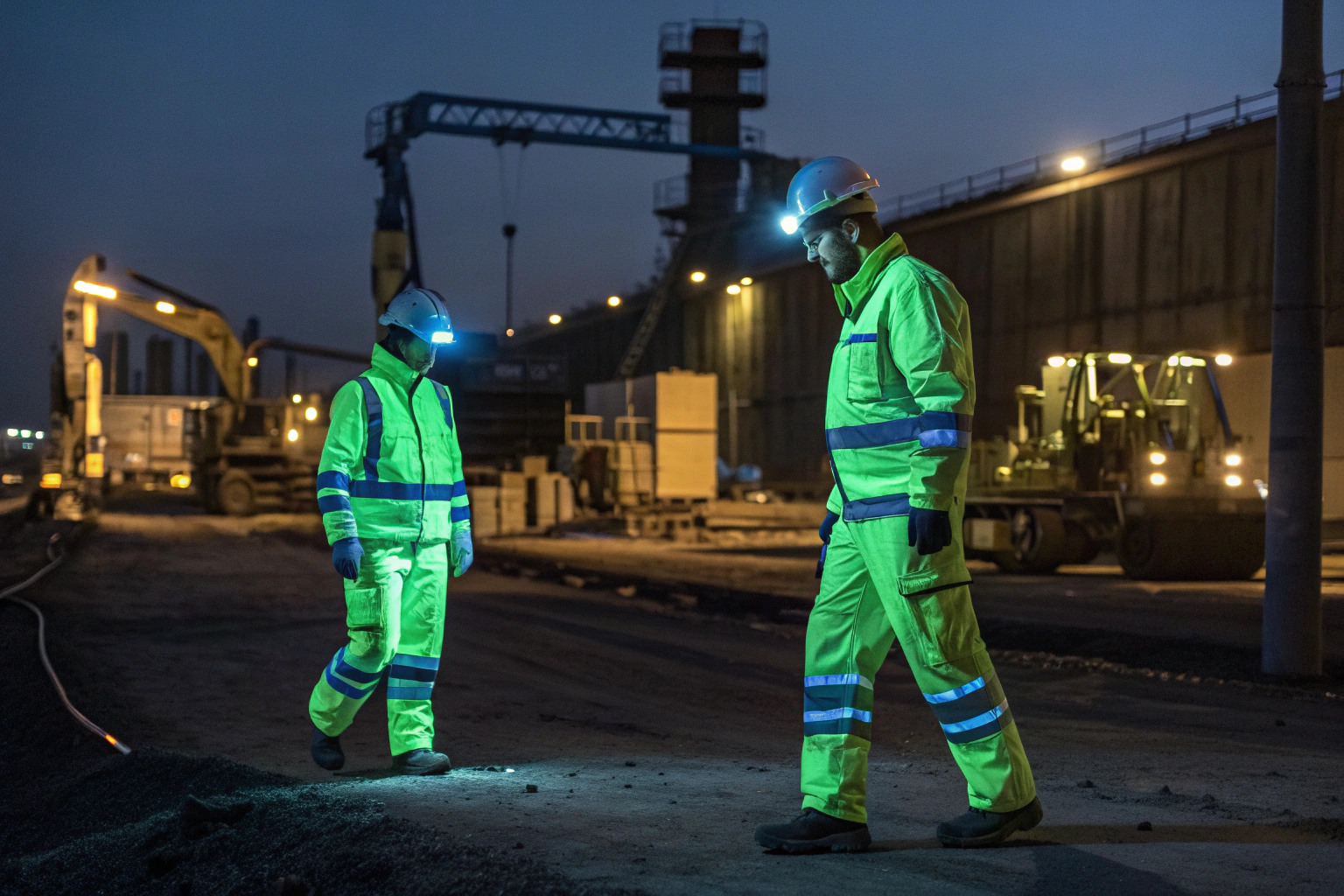In the fast-moving world of safety textiles, decision-makers often face a dilemma. They need fabrics that remain visible in low-light environments, yet they struggle with the limitations of conventional reflective materials. Traditional solutions often fail when there is no external light source, putting workers and end-users at risk. This is where self-illuminating tritium-based safety textiles offer a breakthrough.
Self-illuminating tritium-based fabrics are designed to provide continuous, reliable visibility in complete darkness, independent of any external power source or charging. This makes them an ideal choice for industries like construction, mining, emergency response, and military operations. They combine the advantages of advanced textile engineering with tritium’s long-lasting glow, providing a new layer of safety.
When choosing the right protective fabric, businesses must weigh performance, durability, and long-term cost efficiency. By exploring tritium-based textiles in detail, I will show you why this technology can be a game-changer in the global safety fabric market.
How Do Tritium Safety Textiles Work?
Tritium safety fabrics are not widely understood, which creates doubt. People often confuse them with reflective textiles or assume they require charging. In reality, tritium-based fabrics rely on self-luminous technology that glows continuously without electricity.
Tritium-based textiles contain micro gas tubes woven into or coated onto fabric surfaces, which emit steady light for up to 20 years without charging. This technology works even in total darkness, making it far more reliable than reflective or phosphorescent alternatives.
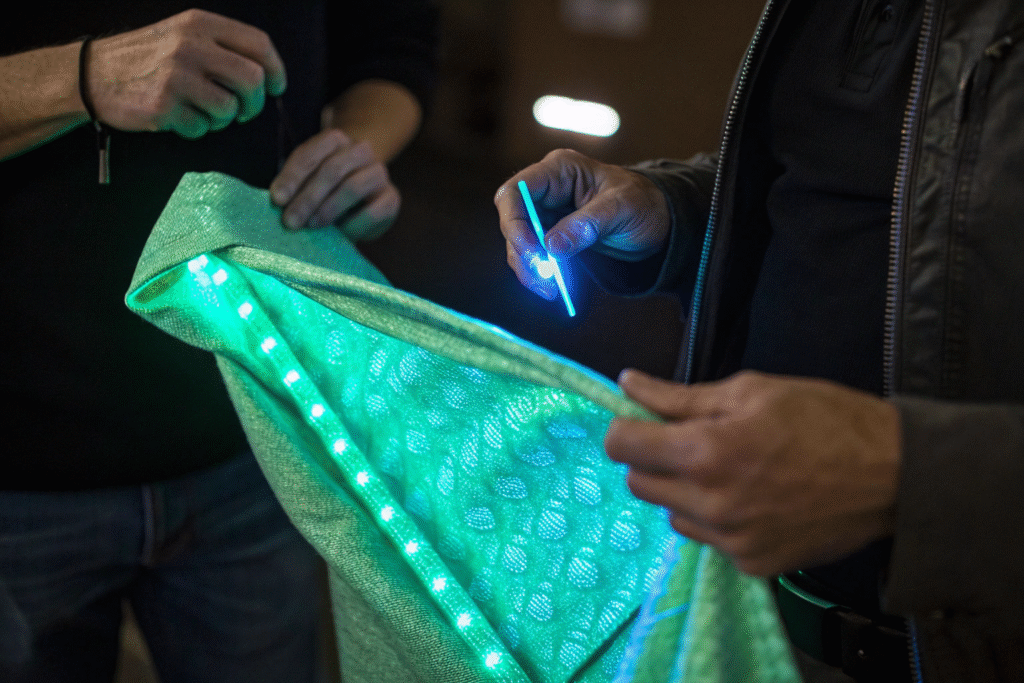
Tritium’s glow comes from a chemical process rather than stored light, which makes it ideal for safety garments. It ensures uninterrupted visibility where lives depend on it.
What makes tritium different from reflective textiles?
Reflective fabrics rely on an external light beam, like car headlights, to bounce back visibility. Tritium, on the other hand, generates its own glow. For example, reflective safety vests stop working in total darkness, but tritium-based vests remain visible without interruption. This is why many industries are comparing them to advanced high-visibility safety standards and integrating them into next-generation protective wear. Tritium materials also comply with ANSI/ISEA 107 guidelines in the United States, giving confidence to procurement managers.
Are tritium textiles safe for workers?
Yes, tritium in micro gas tube form is completely sealed and regulated by international safety standards. It cannot leak or harm the wearer. Many radiation safety agencies confirm its low risk in textile applications. This technology is already trusted in aviation instruments, watches, and emergency exit signs. Its adaptation into textiles is simply the next evolution of an already proven safety solution.
What Are the Main Applications of Tritium Safety Textiles?
The real value of tritium-based textiles lies in their application. They address industries where visibility can save lives. Workers in mining tunnels, oil rigs, or night construction sites benefit the most.
These textiles are widely used in protective clothing, uniforms, gear, and signage where constant illumination is critical. By eliminating the dependence on external light, they reduce accidents and increase operational safety.
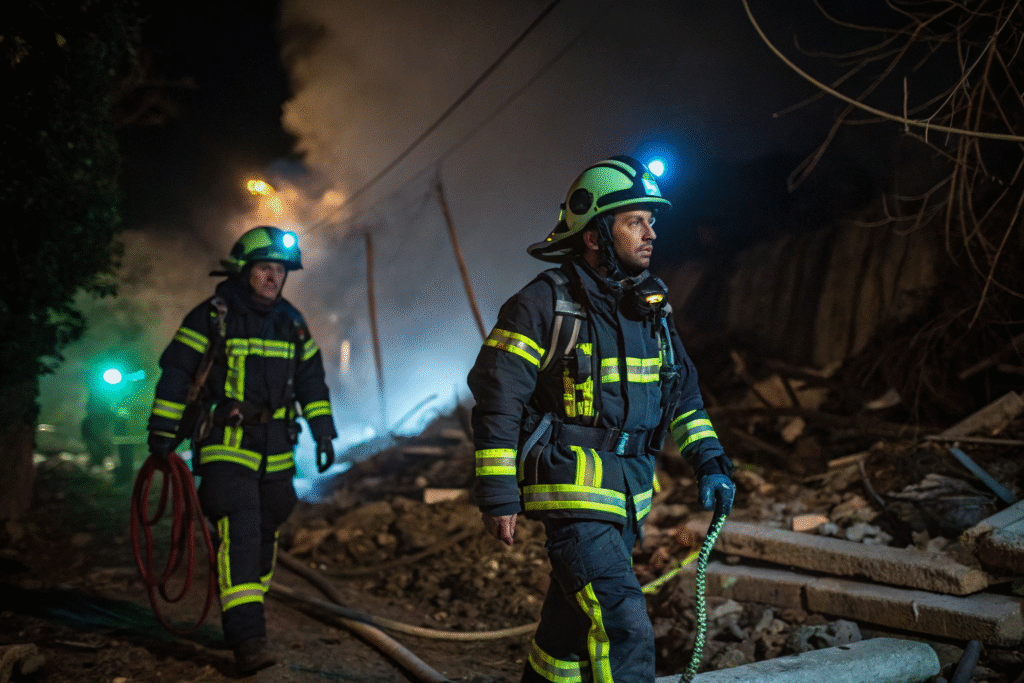
From apparel to accessories, they are transforming how safety is built into everyday industrial textiles.
How are tritium textiles used in industrial uniforms?
In sectors like construction or road repair, workers often wear ANSI-compliant safety vests. Tritium-enhanced versions offer an additional glow that is not dependent on headlights or street lamps. They can be incorporated into jackets, vests, gloves, and even hard hat accessories, giving workers reliable visibility. This has become an attractive option for large contractors aiming to reduce workplace accidents.
Do emergency services benefit from tritium-based fabrics?
Absolutely. Firefighters, paramedics, and police officers often work in chaotic, poorly lit environments. For them, tritium-based gear can mean the difference between being seen or not. Many agencies are now testing emergency responder textiles with embedded tritium tubes to enhance night-time rescue visibility. This is particularly valuable during natural disasters when lighting infrastructure may be damaged.
Are Tritium Safety Textiles Cost-Effective?
One common objection is cost. Buyers often assume that because tritium technology is advanced, it must be too expensive for large-scale adoption. But this assumption is changing quickly.
Over the product lifecycle, tritium-based textiles are more cost-effective because they eliminate the need for frequent replacement or recharging compared to traditional reflective gear. Their long lifespan ensures consistent savings in maintenance and inventory.
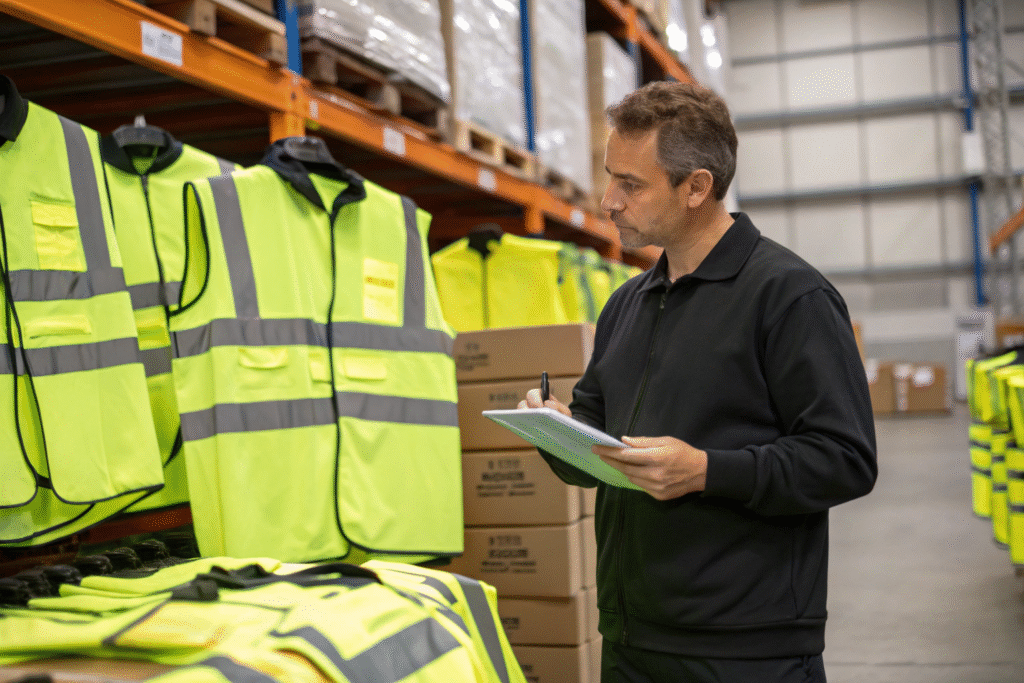
Companies that value both worker safety and operational efficiency increasingly see them as an investment rather than an expense.
Do tritium fabrics reduce replacement costs?
Yes. Reflective and phosphorescent textiles degrade after exposure to weather, washing, or repeated use. Tritium fabrics, by contrast, retain brightness for decades. This reduces the frequency of purchasing new gear. Procurement managers familiar with total cost of ownership find tritium appealing because it reduces hidden costs. In the long run, businesses spend less per unit of worker safety.
How do these fabrics perform in global supply chains?
International buyers value consistency. Tritium fabrics are durable enough to handle shipping, storage, and varied climates without losing functionality. Large textile exporters who deal with global logistics often emphasize this reliability when supplying uniforms to different regions. This resilience makes tritium safety textiles a scalable solution across industries worldwide.
What Future Innovations Can We Expect in Tritium Textiles?
Innovation never stops in the textile industry. Tritium-based fabrics are only the beginning. Companies are already exploring hybrid designs that integrate tritium tubes with smart sensors or eco-friendly fibers.
The next wave of safety textiles will combine sustainable materials with advanced visibility technologies, helping businesses meet both safety and environmental goals. This aligns with the growing demand for responsible manufacturing in global supply chains.
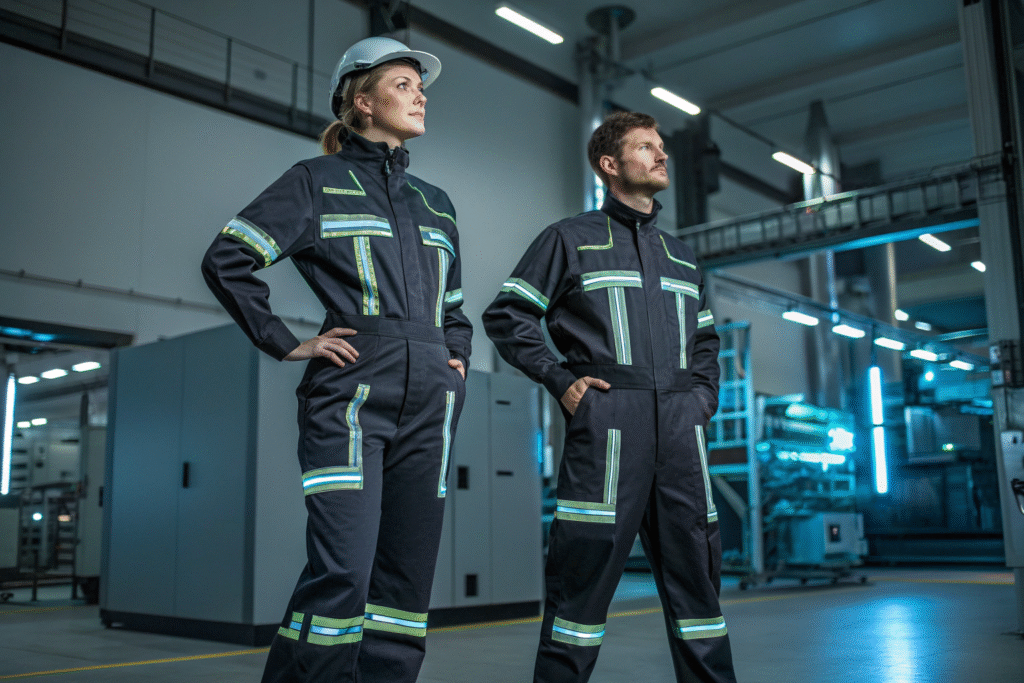
For forward-thinking buyers, investing in tritium textiles today ensures they are prepared for the next generation of safety gear tomorrow.
Will tritium combine with smart wearable technology?
Yes. Several research projects are combining tritium’s self-illumination with IoT wearable sensors. Imagine a construction vest that glows in the dark while also transmitting worker vitals or location data in real time. This dual benefit can save lives and enhance operational oversight. It represents the merging of textiles, technology, and safety.
Can tritium textiles also be sustainable?
Sustainability is now a core demand in textile sourcing. Manufacturers are experimenting with eco-friendly fibers like recycled polyester or organic cotton, combined with tritium-based glow technology. This makes it possible to reduce environmental impact while enhancing workplace safety. Buyers who prioritize sustainable sourcing can soon expect tritium safety textiles that align with global environmental standards.
Conclusion
Tritium-based safety textiles represent a major step forward in protective fabrics. They solve the visibility problem in ways reflective and phosphorescent textiles cannot. They are reliable, long-lasting, safe, and increasingly cost-effective. From construction sites to emergency rescues, they provide solutions that save lives while reducing long-term expenses.
If you are considering safer and more advanced textiles for your business, I encourage you to connect with our team at Shanghai Fumao. We can help you explore options for developing customized safety fabrics that align with your needs. Reach out to our Business Director Elaine at elaine@fumaoclothing.com to start your project today.

